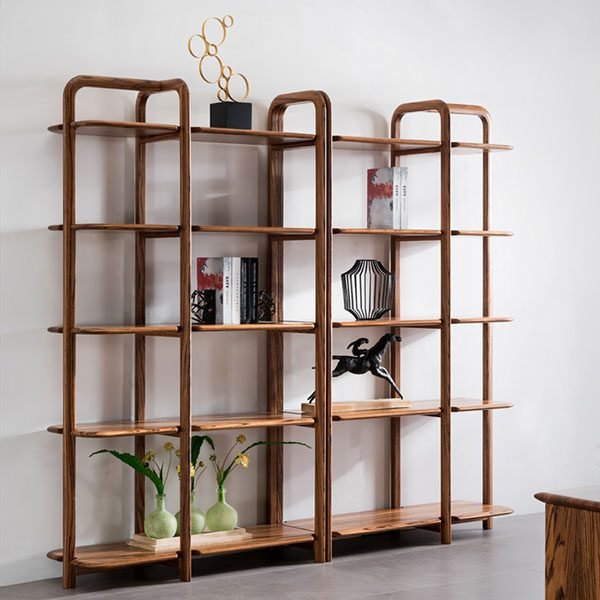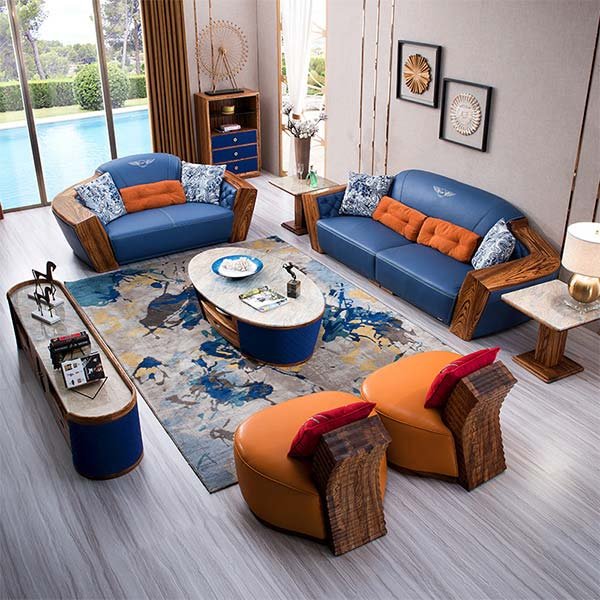“Maximize space, minimize clutter – arrange your bedroom furniture with care!”
Utilize multi-functional furniture
When it comes to arranging furniture in a small bedroom, one of the most important things to consider is utilizing multi-functional pieces. Multi-functional furniture can help maximize space and provide storage solutions in a small room.
One great example of multi-functional furniture is a bed with built-in storage. This type of bed typically has drawers or compartments underneath the mattress, allowing you to store clothing, bedding, or other items without taking up extra space in the room. This can be especially useful in a small bedroom where closet space may be limited.
Another option for multi-functional furniture is a desk that doubles as a vanity. This type of desk typically has a mirror and storage compartments for makeup and other beauty products. By combining a desk and vanity into one piece of furniture, you can save space and create a designated area for getting ready in the morning.
Additionally, consider using a nightstand with built-in storage or a bookshelf that can also serve as a bedside table. These types of furniture pieces can help keep clutter at bay and provide extra storage space for books, electronics, or other items that you want to keep within reach while in bed.
When arranging multi-functional furniture in a small bedroom, it’s important to consider the flow of the room and how each piece will be used. Place larger furniture items, such as the bed and dresser, against the walls to create more open space in the center of the room. This can help make the room feel less cramped and more inviting.
Incorporating multi-functional furniture into a small bedroom can also help create a cohesive and organized look. Choose pieces that complement each other in terms of style and color to create a cohesive design scheme. This can help make the room feel more put-together and visually appealing.
Overall, utilizing multi-functional furniture is a great way to maximize space and create a functional and stylish bedroom in a small room. By choosing pieces that serve multiple purposes and complement each other in terms of style, you can create a cohesive and organized space that feels larger and more inviting. Consider incorporating multi-functional furniture into your small bedroom to make the most of the space you have available.
Use vertical space effectively
Arranging furniture in a small bedroom can be a challenging task, but with some strategic planning and creativity, you can make the most of the space you have. One effective way to maximize space in a small room is to use vertical space effectively.
One of the best ways to utilize vertical space in a small bedroom is to invest in tall furniture pieces. Instead of opting for low, wide dressers or nightstands, consider choosing taller pieces that will draw the eye upward and create the illusion of a higher ceiling. Tall bookshelves, wardrobes, or armoires can provide ample storage space without taking up valuable floor space.
Another way to make use of vertical space is to install shelving or wall-mounted storage units. Floating shelves can be a great way to display decorative items or store books and other essentials without cluttering up the floor. Wall-mounted storage units with hooks or compartments can also help keep things organized and off the ground.
When arranging furniture in a small bedroom, consider placing taller pieces along the walls to free up floor space in the center of the room. This will create a more open and spacious feel, making the room appear larger than it actually is. You can also use the space above furniture pieces for additional storage by installing shelves or hanging organizers.
In addition to using tall furniture and wall-mounted storage, you can also make use of vertical space by incorporating multi-functional furniture pieces. For example, a loft bed with a desk or storage space underneath can help maximize space in a small room. A Murphy bed that folds up into the wall when not in use can also be a great space-saving solution.
When arranging furniture in a small bedroom, it’s important to consider the flow of the room and how you move around in it. Make sure there is enough space to walk around the furniture comfortably and that doors and drawers can be opened and closed without obstruction. Avoid placing furniture in front of windows or blocking natural light sources, as this can make the room feel cramped and dark.
By using vertical space effectively in a small bedroom, you can create a functional and stylish living space that feels open and airy. Whether you opt for tall furniture pieces, wall-mounted storage units, or multi-functional furniture, there are plenty of ways to make the most of a small room. With some careful planning and creativity, you can arrange your bedroom furniture in a way that maximizes space and enhances the overall look and feel of the room.
Create designated zones for different activities
When it comes to arranging furniture in a small bedroom, creating designated zones for different activities can help maximize the space and make the room feel more organized and functional. By carefully planning out the layout of your furniture, you can create separate areas for sleeping, working, and relaxing, making the most of every inch of space in your room.
One way to create designated zones in a small bedroom is to use furniture to divide the room into different areas. For example, you can use a bookshelf or a screen to separate the sleeping area from a small workspace or a reading nook. This not only helps define the different areas of the room but also adds visual interest and depth to the space.
Another way to create designated zones in a small bedroom is to use rugs to delineate different areas. Placing a rug under the bed can help define the sleeping area, while a rug under a desk or a chair can create a separate workspace or reading corner. Rugs not only help visually separate different areas but also add warmth and texture to the room.
In addition to using furniture and rugs to create designated zones, you can also use lighting to define different areas in a small bedroom. By using task lighting for the workspace, ambient lighting for the sleeping area, and accent lighting for a reading nook, you can create distinct zones for different activities while also adding a cozy and inviting atmosphere to the room.
When arranging furniture in a small bedroom, it’s important to consider the flow of the room and how you move through the space. Make sure there is enough space to move around comfortably and that furniture placement allows for easy access to all areas of the room. Avoid blocking windows or doorways, as this can make the room feel cramped and claustrophobic.
When creating designated zones in a small bedroom, it’s also important to consider the scale and proportion of the furniture. Choose pieces that are appropriately sized for the room and that fit the functions of each area. Avoid overcrowding the space with too much furniture, as this can make the room feel cluttered and overwhelming.
By creating designated zones for different activities in a small bedroom, you can make the most of the space you have and create a functional and organized room that meets your needs. With careful planning and thoughtful furniture arrangement, you can transform a small bedroom into a stylish and efficient space that works for you.
Заключение
Arrange bedroom furniture in a small room by maximizing vertical space, using multi-functional furniture, keeping the layout open and uncluttered, and utilizing storage solutions such as under-bed storage or wall-mounted shelves.



